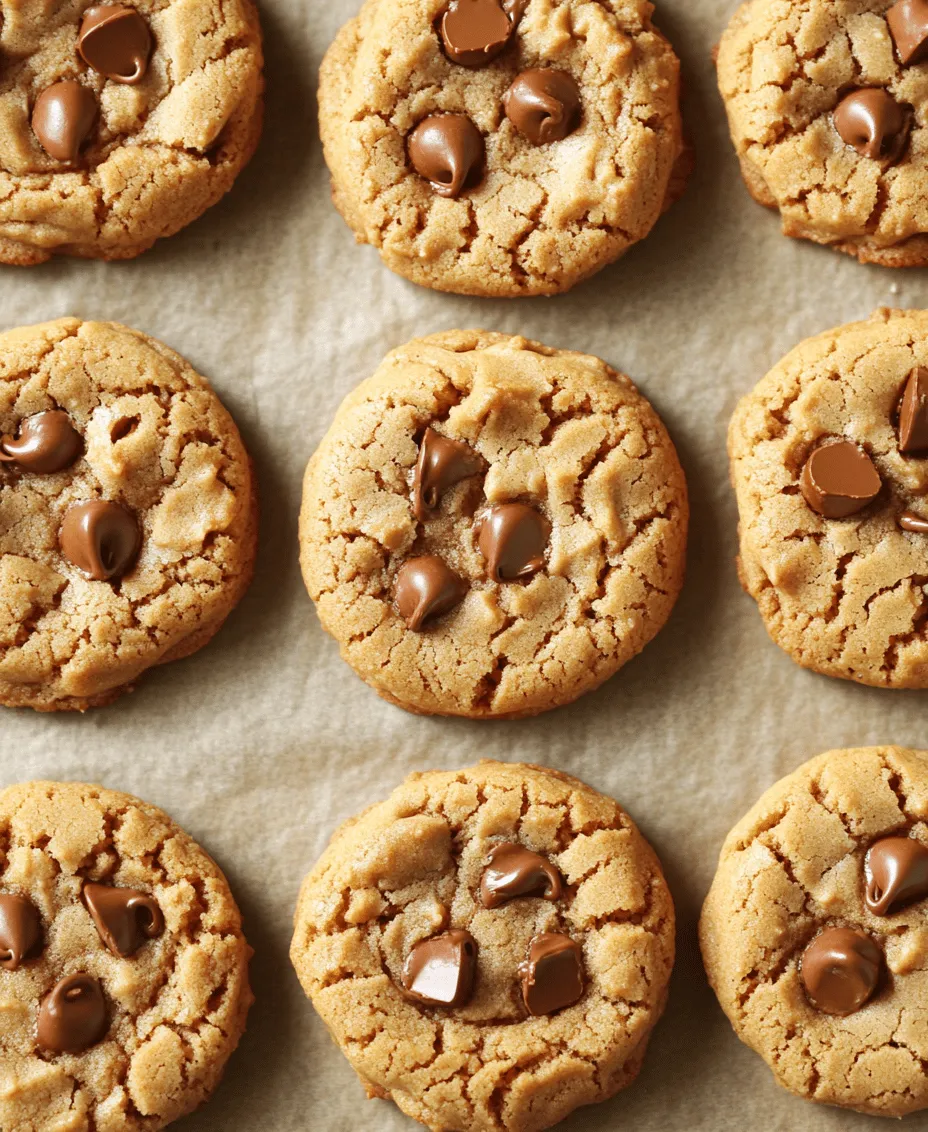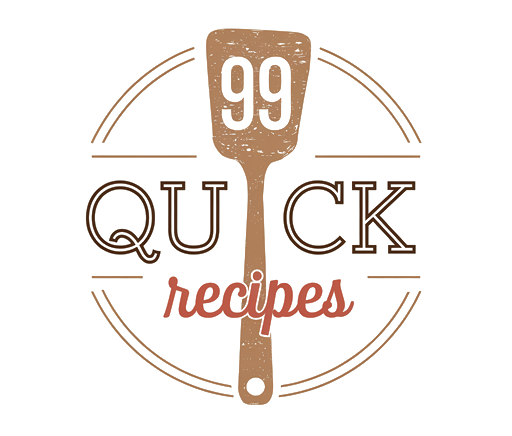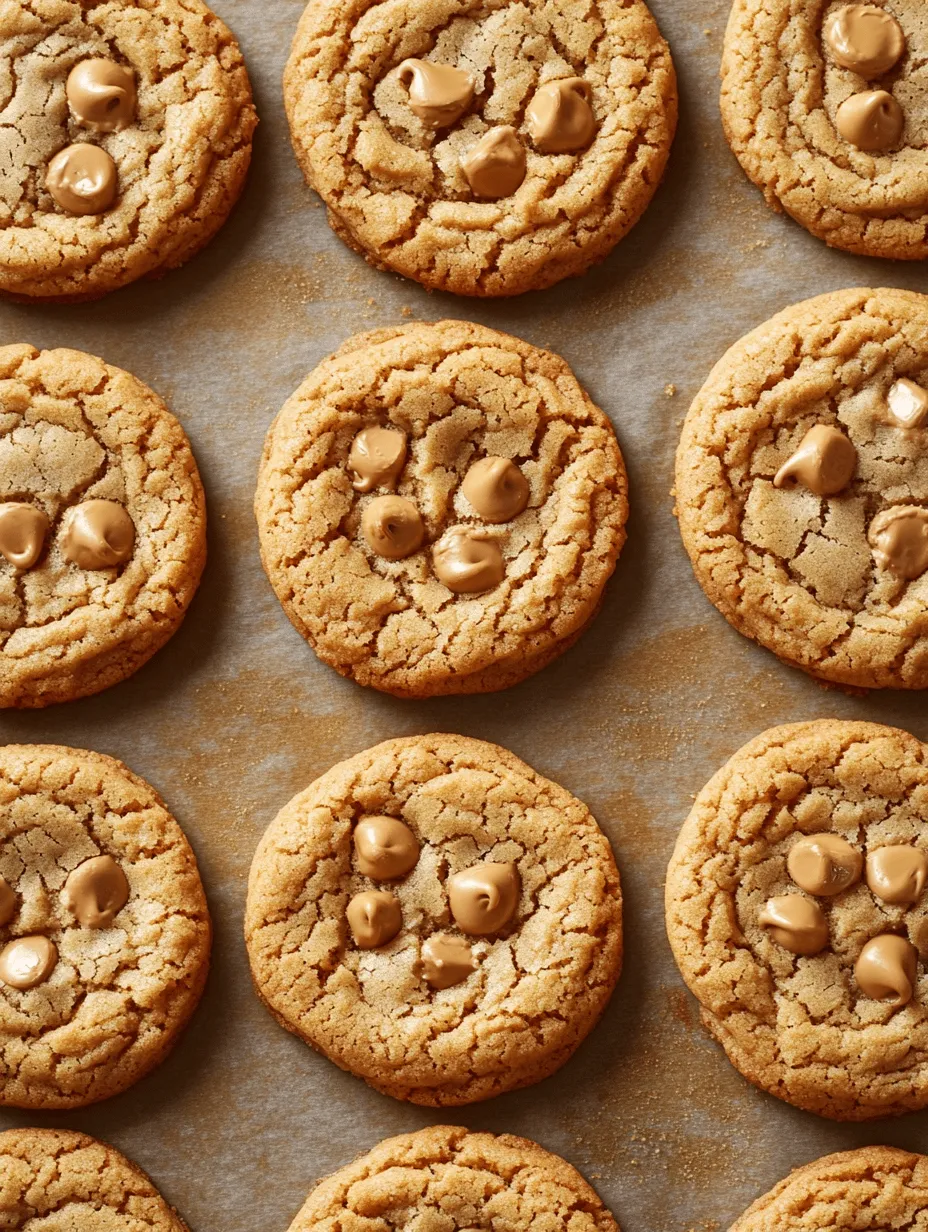Introduction
Peanut butter cookies are a beloved classic that has captured the hearts and taste buds of cookie lovers everywhere. Their rich, nutty flavor combined with a delightful sweetness makes them a staple in many kitchens, evoking fond memories of childhood baking sessions and family gatherings. The thick and chewy texture of these cookies adds to their appeal, providing a satisfying bite that contrasts beautifully with the silky smoothness of creamy peanut butter.
Baking at home offers a unique joy, allowing you to fill your kitchen with the warm and inviting aroma of freshly baked cookies. There’s something special about taking simple ingredients and turning them into delicious treats that can be enjoyed by family and friends. This recipe for thick and chewy peanut butter cookies is not just a go-to for many households; it’s a treasured family favorite that combines rich flavors and a satisfying texture that keeps cookie enthusiasts coming back for more.
The Allure of Peanut Butter Cookies
Peanut butter cookies have a storied history in American cuisine, dating back to the early 20th century. While the exact origins are debated, it is widely accepted that these cookies gained popularity during the 1930s and 1940s, especially with the rise of peanut butter as a common household ingredient. The introduction of peanut butter in the diet was partly due to its affordability and nutritional value, making it an ideal choice for families during tough economic times.
Over the decades, peanut butter cookies have evolved, showcasing the versatility of peanut butter as an ingredient in baking. From the classic cookie form to chewy bars and even as a filling in desserts, peanut butter can be adapted in countless ways. Additionally, bakers have made exciting variations to the traditional recipe, incorporating chocolate, oatmeal, or even swapping out the peanut butter for almond or cashew butter to cater to different tastes and dietary preferences.
Whether you enjoy them plain, with a sprinkle of sea salt, or loaded with chocolate chips, the beauty of peanut butter cookies lies in their adaptability. This allows each baker to put their unique twist on the classic recipe while preserving the essence of what makes these cookies so delightful.
Key Ingredients for Thick and Chewy Peanut Butter Cookies
To achieve the perfect thick and chewy peanut butter cookie, it’s important to understand the role of each ingredient. Here’s a breakdown of the key components:
Creamy Peanut Butter
The star of the show, creamy peanut butter, provides not only the distinct flavor that defines these cookies but also contributes to their chewy texture. The fat content in peanut butter helps to create a moist and rich cookie, while the protein adds structure. Choosing a high-quality peanut butter will elevate the flavor profile of your cookies, ensuring that each bite is packed with that delicious nutty goodness.
Brown Sugar vs. Granulated Sugar
When it comes to sweetening your cookies, the choice between brown sugar and granulated sugar can significantly affect the final result. Brown sugar, which contains molasses, adds moisture and a deeper flavor to the cookies, resulting in a chewy texture. In contrast, granulated sugar tends to produce a crisper cookie. By combining both types of sugar in this recipe, you’ll achieve the perfect balance between sweetness and chewiness.
Unsalted Butter
Unsalted butter is essential in this recipe for enhancing the richness of the cookies. The butter not only adds flavor but also contributes to the cookie’s texture. It’s important to use unsalted butter so you can control the amount of salt in your recipe, allowing the natural flavors of the peanut butter and sugars to shine through.
Egg
The egg serves as a binding agent, helping to hold all the ingredients together while adding moisture to the dough. It also provides structure to the cookies, contributing to their overall texture. Using a large egg is standard in most cookie recipes, and for this thick and chewy peanut butter cookie recipe, it’s no different.
Baking Soda
Baking soda is a key leavening agent in this recipe, providing the lift that helps the cookies rise during baking. It reacts with the acids in the brown sugar and peanut butter, creating carbon dioxide bubbles that give the cookies their signature thickness. Properly measuring the baking soda is essential; too much can lead to an undesired soapy taste, while too little may result in dense, flat cookies.
All-Purpose Flour
All-purpose flour is the backbone of the cookie dough, providing the necessary structure and stability. The protein content in flour helps to create gluten, which gives the cookies their chewy texture. It’s crucial to measure the flour correctly, as too much can lead to dry cookies. For the best results, spoon the flour into your measuring cup and level it off with a knife, avoiding the temptation to scoop directly from the bag.
Optional Chocolate Chips
For those who want to take their peanut butter cookies to the next level, adding chocolate chips is a delicious option. The rich, creamy chocolate provides a delightful contrast to the nutty flavor of the peanut butter, creating a flavor combination that is hard to resist. Whether you prefer semi-sweet, dark, or milk chocolate chips, these additions can elevate your cookies and cater to the preferences of your family and friends.
By carefully selecting and measuring these ingredients, you’ll set the stage for creating thick and chewy peanut butter cookies that are sure to impress. In the next section, we will guide you through the step-by-step process of making these delightful treats, ensuring that you achieve perfect results every time. Prepare to indulge in the rich flavors and satisfying textures of homemade peanut butter cookies!

Step-by-Step Instructions for Baking the Perfect Cookies
Prepping Your Workspace
Before diving into the cookie-making process, it’s essential to organize your workspace. A clutter-free kitchen allows for a smoother baking experience, minimizing distractions and ensuring that all ingredients are at hand. Make sure you have your mixing bowls, measuring cups, and spoons ready. Gather your ingredients, including peanut butter, sugar, flour, baking soda, and any add-ins like chocolate chips. Having everything organized not only saves time but also helps in following the recipe accurately.
Preheating the Oven
One of the critical steps in baking cookies is preheating the oven to the correct temperature. For thick and chewy peanut butter cookies, the ideal temperature is 350°F (175°C). Preheating allows the cookies to bake evenly and develop that perfect golden-brown exterior while remaining soft and chewy on the inside. Take this time to also prepare your baking sheets by lining them with parchment paper, which prevents sticking and promotes even cooking.
Mixing Wet Ingredients
Start by mixing the wet ingredients in a large mixing bowl. Combine the peanut butter, softened butter, and sugars (both granulated and brown) using a hand mixer or a stand mixer. Beat these ingredients together until the mixture is smooth and fluffy, which typically takes about 2-3 minutes. This step is crucial, as the incorporation of air into the mixture helps create a lighter cookie texture. Make sure to scrape down the sides of the bowl as needed to ensure everything is well combined.
Incorporating Dry Ingredients
Once the wet ingredients are well mixed, it’s time to incorporate the dry ingredients. In a separate bowl, whisk together the flour, baking soda, and a pinch of salt. Gradually add this mixture to the wet ingredients in two or three parts, mixing gently with a spatula or wooden spoon after each addition. It’s important to avoid overmixing at this stage, as it can lead to tough cookies. Stop mixing as soon as you see that the flour has been fully incorporated; a few small lumps are perfectly fine.
Adding Chocolate Chips
If you’d like to add chocolate chips to your peanut butter cookies, now is the time. Gently fold in the chocolate chips using a spatula. The key here is to be gentle and use a folding motion to avoid breaking the dough. This ensures that the chocolate chips are evenly distributed throughout the dough without compromising its texture. You can also consider using other mix-ins like chopped nuts or dried fruit for added flavor and texture.
Shaping the Cookies
After your dough is ready, it’s time to shape the cookies. Use a cookie scoop or two tablespoons to portion out the dough. Roll each portion into a ball between your palms, and place them on the prepared baking sheets, spacing them about 2 inches apart. This spacing is crucial as the cookies will spread out during baking. If you prefer larger cookies, feel free to use a bigger scoop; just remember to adjust the baking time accordingly.
Creating the Classic Fork Pattern
To achieve that classic peanut butter cookie look, press down on each dough ball with the tines of a fork. This step not only creates the signature crisscross pattern but also flattens the cookies, helping them bake evenly. Make sure to press gently so as not to flatten them completely; the cookies should retain some thickness to ensure a chewy texture.
Baking Time
Place the baking sheets in the preheated oven and bake for 10-12 minutes, or until the edges are lightly golden. Keep an eye on the cookies, as baking times can vary based on your oven and the size of the cookies. A good test for doneness is to look for set edges and a slightly soft center; they will firm up as they cool. If you’re unsure, you can do the “toothpick test” by inserting a toothpick into the center—if it comes out clean or with a few crumbs, the cookies are ready.
Cooling Process
After removing the cookies from the oven, allow them to cool on the baking sheet for about 5 minutes before transferring them to a wire rack. This cooling period is vital as it allows the cookies to set correctly. If you move them too soon, they may crumble or lose their shape. Once cooled completely, the cookies will develop a firmer texture while maintaining their chewy center.
Tips for Storing and Enjoying Your Cookies
Best Practices for Cookie Storage
To keep your thick and chewy peanut butter cookies fresh, store them in an airtight container at room temperature. Layer the cookies with parchment paper to prevent them from sticking together, and they can last up to a week. If you want to extend their shelf life, consider freezing them. Place the cooled cookies in a freezer-safe bag, separating layers with parchment paper, and they can last up to three months. When ready to enjoy, simply thaw at room temperature or warm them slightly in the microwave.
Suggestions for Pairing with Beverages
These peanut butter cookies are delightful on their own, but pairing them with the right beverage can elevate the experience. A cold glass of milk is the classic choice, balancing the rich peanut flavor with its creamy texture. Alternatively, a cup of freshly brewed coffee or a rich hot chocolate complements the sweetness of the cookies beautifully. For an adult twist, consider serving them with a glass of dessert wine or a creamy stout beer for a delightful treat.
Nutritional Information and Dietary Considerations
Overview of Nutritional Content
Thick and chewy peanut butter cookies are not just delicious; they can also provide some nutritional benefits. Each cookie is a source of protein and healthy fats from the peanut butter, along with carbohydrates from the sugar and flour. On average, a single cookie contains around 150-200 calories, depending on the size and ingredients used. They also provide essential vitamins and minerals, such as vitamin E, magnesium, and potassium.
Discussion of Potential Modifications for Dietary Preferences
If you or someone you’re baking for has dietary restrictions, there are several modifications you can make to this recipe. For a gluten-free option, substitute regular flour with a gluten-free flour blend. Ensure that the blend you choose has a good binding agent, like xanthan gum, to maintain the cookie’s texture. If you want to reduce sugar, consider using natural sweeteners like honey or maple syrup, keeping in mind that this may alter the texture slightly. Additionally, you can use natural peanut butter without added sugars or oils for a healthier version. Vegan options can be created by substituting butter with coconut oil or vegan butter and using a flaxseed meal or chia seed mixture as an egg replacement.
Conclusion
Baking thick and chewy peanut butter cookies at home is a rewarding experience that fills your kitchen with delightful aromas and creates delicious treats. The joy of combining simple ingredients to create something so satisfying is unmatched. Whether you enjoy them warm from the oven or as an afternoon snack, these cookies are sure to please family and friends alike. Don’t hesitate to experiment with different mix-ins or variations of the recipe to make it your own, and share your baking adventures with others. There’s something truly special about homemade cookies, and every bite is a reminder of the love and care put into making them.

